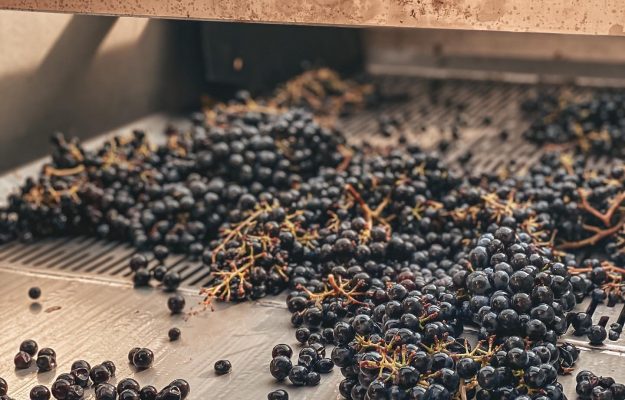There will be no shortage of wine in the world, because stocks will guarantee that consumption levels are met. However, the 2021 harvest, worldwide, is definitely scarce, as total wine production will be around 250 million hectoliters (excluding juices and musts), which means it will be just above the 2017 levels, one of the “scarcest” harvests ever. The 2021 harvest will also be a few percentage points below 2020 (-4%), and the average over the last 20 years (-7%). Pau Roca, Director General of OIV - International Organization of Vine and Wine (Professor Luigi Moio is the president), released these estimates a few days ago. The estimates are the result of data collected from 28 countries, representing 85% of the world wine production. These results mark a major downfall in the Northern hemisphere, and especially in the three primary European producers, namely Italy, at 44.5 million hectoliters
(-9% on 2020), Spain, at 35 million euros (-14 %), and France, which, mainly due to frosts, is experiencing a huge drop in production, at -27% on 2020, and a total of 34.2 million hectoliters. The European Union, comprised of 27 Countries, is worth over 60% of world production, marking an overall -13% decline, for a total of 145 million hectoliters. It is not less, thanks also to the 8.8 million hectoliters in Germany, + 4% increase compared to 2020, +6.5% in Portugal, which is stable, and +5.3% in Romania, which instead registered + 37% jump, stopping at the major EU producing Countries. Outside the European Union, instead, still in the Northern hemisphere of the world, the USA was positive, at 24.1 million hectoliters, up +6% compared to 2020, production in Russia is stable, at 4.5 million hectoliters, and Georgia is growing, at 2.2 million hectoliters (+ 22%). But as we said, above the equator there was an overall drop that is not compensated by the excellent production growth in the Southern hemisphere, which, in total, registered a production of 59 million hectoliters, +19%. The merit goes above all to
+30% in Australia (14.2 million hectoliters of wine produced) and Chile (13.4 million hectoliters), +16% in Argentina (12.5 million hectoliters), +2% in South Africa (10.6 million hectoliters) and +60% in Brazil (however, production is still limited, around 3.6 million hectoliters).
“This is the third year in a row that world wine production is below average. However, for the wine sector the impact of this decline”, said the OIV DG, Pau Roca, “must still be evaluated, since in the current context, the Covid-19 pandemic is continuing to generate a relatively high degree of volatility and uncertainty”. According to the OIV DG, work on genetics of the many varieties of vines that exist all over the world will be fundamental to respond to the challenges of data change and the digital boom, visible in the e-commerce boom. But, the strategies must be used to collect more data, adopting different tools, which are transformed into useful information both in the vineyard and on the “increasingly sectorial, polarized market, where specialization will be ever more important”. This 2021 is about to end, and it was nevertheless and despite a thousand uncertainties, a year of great success for the wine trade. “In the first 6 months of 2021, world exports grew +9% in volume and +21% in value, compared to the same period in 2020”, even topping the pre-Covid levels. “This is the reason why we look to the future of the wine market with cautious optimism”, said the OIV DG, Pau Roca.
Copyright © 2000/2025
Contatti: info@winenews.it
Seguici anche su Twitter: @WineNewsIt
Seguici anche su Facebook: @winenewsit
Questo articolo è tratto dall'archivio di WineNews - Tutti i diritti riservati - Copyright © 2000/2025








































































































































































































